You’ve likely heard the old advice: “Let your wound breathe.” But medical science tells a very different — and surprising — story. Here's what doctors say actually speeds up healing.
Covering a Wound Helps Prevent Infection

Leaving a wound exposed allows bacteria from the environment to enter, increasing the risk of infection. Proper coverage acts as a protective barrier.
Air Exposure Slows the Healing Process

Fresh air dries out wounds, killing off cells essential to healing. Studies dating back to the 1960s have shown this to be harmful.
Moisture Is Critical for Skin Repair
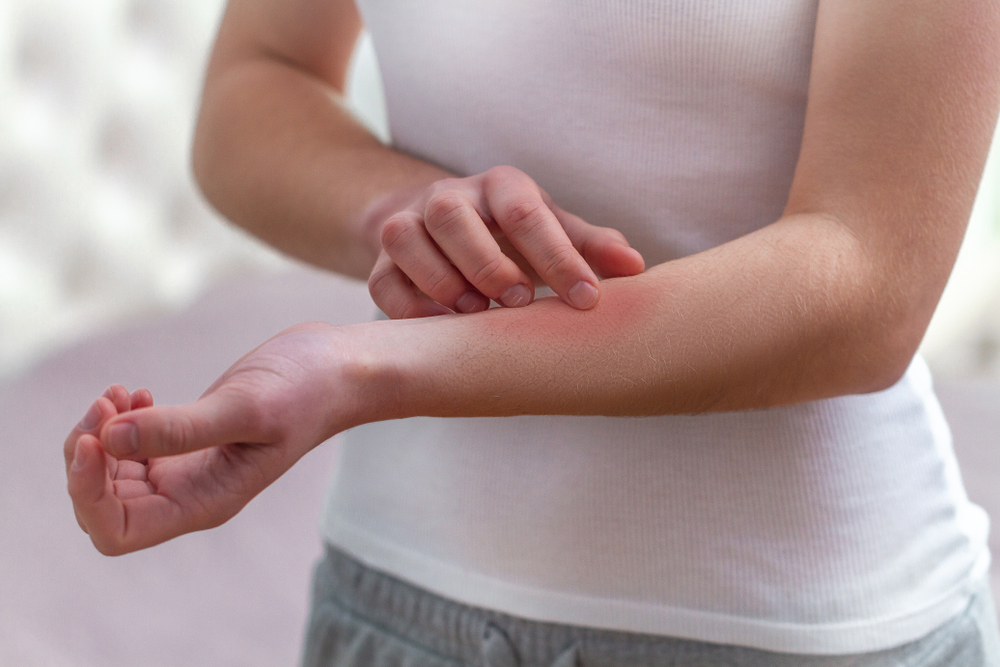
A moist environment encourages faster cell growth and tissue regeneration. It also minimizes pain and scarring.
Also read: Blue or Brown Eyes? It Matters More for Your Vision Than You Think
Dry Wounds Heal Slower and Form More Scars
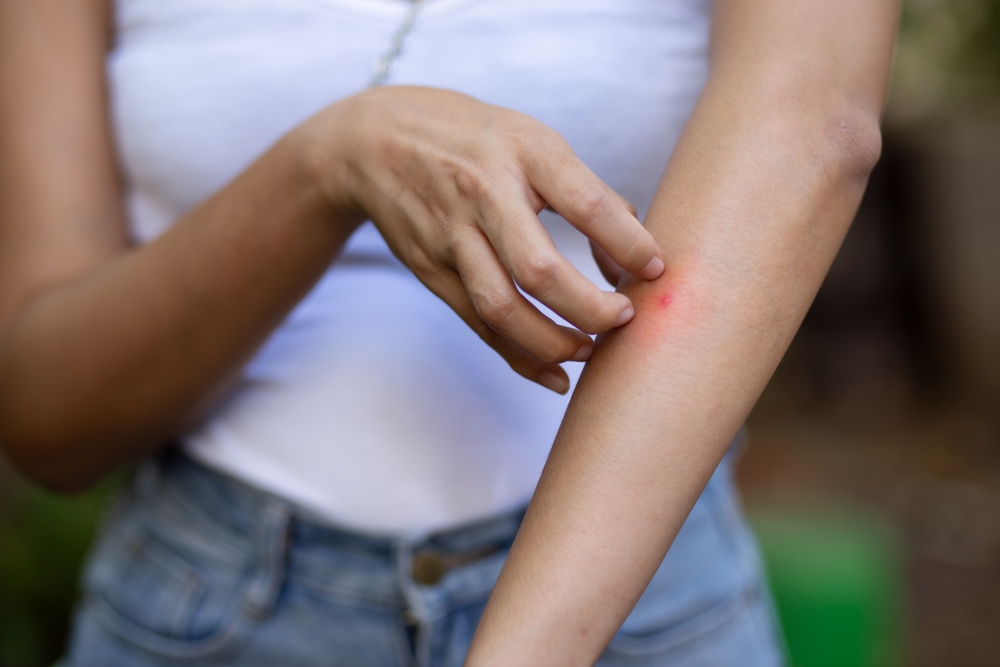
When wounds dry out, a hard scab forms. This crust blocks new skin cells from developing properly, often resulting in more visible scars.
The Best Healing Environment Is Sealed and Moist

Modern dressings create a controlled environment that keeps the wound moist while preventing contamination.
Use Antiseptic Creams or Gels
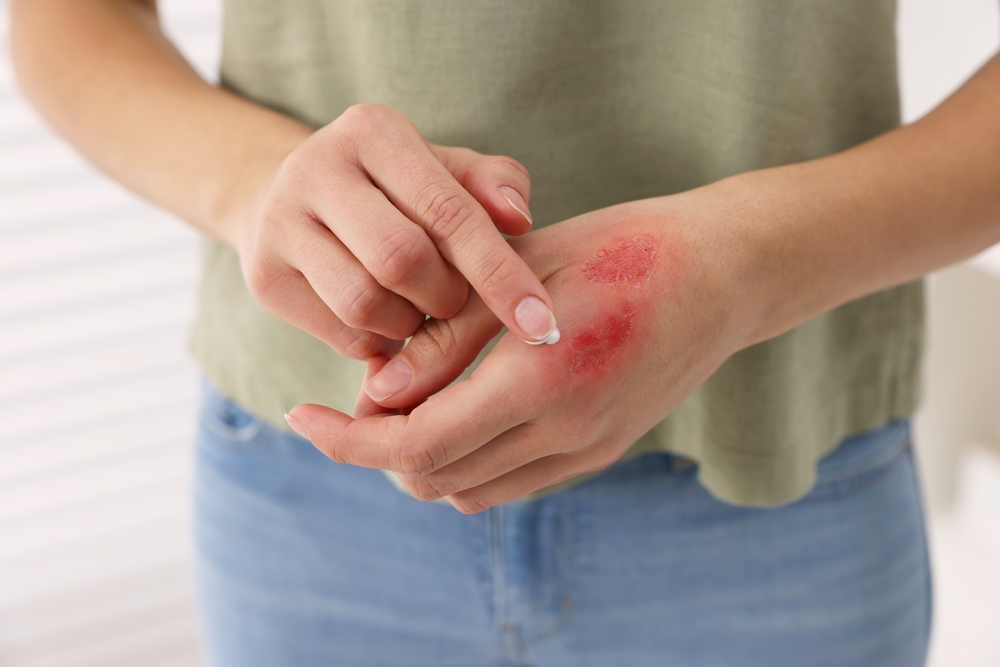
An antiseptic ointment not only keeps the wound moist but also helps reduce the chance of infection. Your local pharmacy can recommend the right one.
Change Dressings Every Few Days

Instead of removing the dressing daily, experts recommend changing it about every three days to maintain moisture and cleanliness.
Also read: Feeling nauseous? Here’s what actually works
Look Out for Signs of Infection
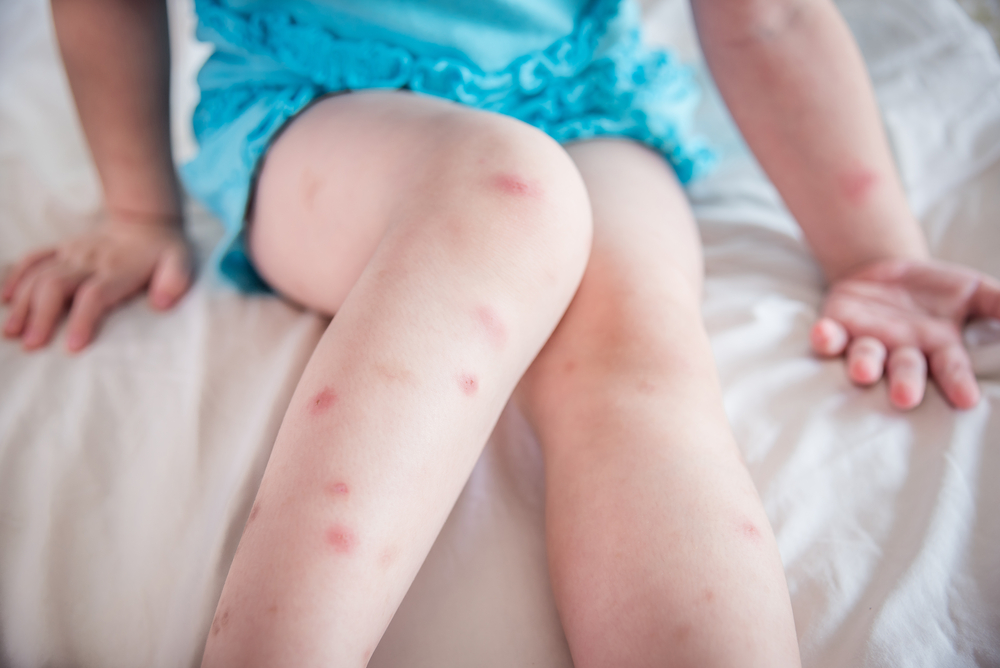
Redness, swelling, heat, or fever can indicate a problem. If these symptoms appear, medical attention is necessary.
Compression Can Improve Recovery
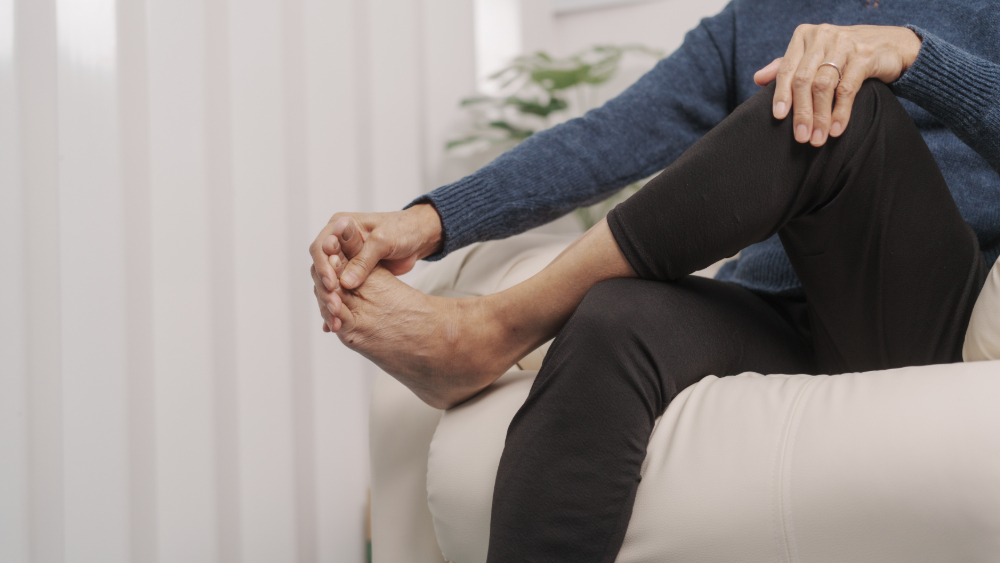
Using a compression bandage can help reduce fluid build-up near the wound, allowing the tissue to heal more efficiently.
Moist Wounds Heal Up to Twice as Fast

According to wound care specialists, moist wounds can heal nearly twice as quickly as dry ones — and with less discomfort.
This article is based on information from Illustreret Videnskab
Also read: These foods may raise lung cancer risk by 41%
Also read: Can’t breathe comfortably? This might be the problem
